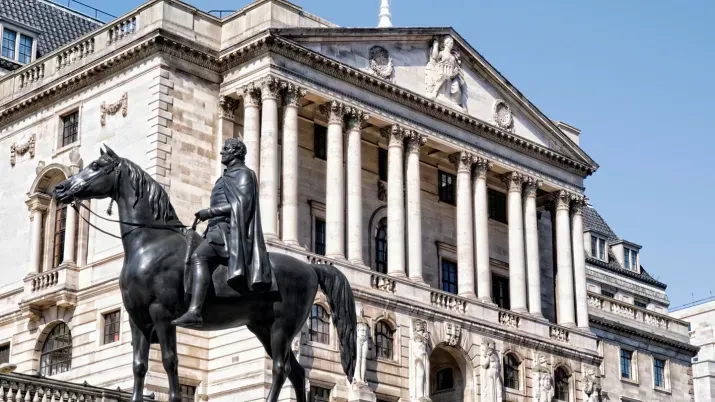A couple of non-recessionary surveys
With US economic data driving very large moves in the last few days, we think it is worth highlighting two data releases that were published yesterday. The Institute of Supply Management (ISM) Services and the Senior Loan Officer Survey spoke of an economy that is stronger than some of the recent price action might suggest. They are, at the same time, consistent with economic growth that is decelerating from levels that are well above potential, as the Federal Reserve (Fed) intends.
The ISM Services number is at a current level of 51.4, higher than expected and markedly higher than June's 48.8 figure. The detail was encouraging, with the vast majority of subcomponents showing significant improvement compared to the previous report. Importantly, the employment component at 51.1 portrays no signs of a collapse in labour activity. Although this is a volatile survey and one should not be extracting conclusions just by looking at it in isolation, it is fair to say that numbers are not pointing towards a marked deterioration in economic activity. Furthermore, commentaries by respondents did not change much compared to previous months. There are still some price pressures, activity is growing on average but at a slower pace. The first comments about the result of the election are starting to pop up but at this stage this does not seem to be a major driver.
The Senior Loan Officer Survey is always a good barometer of supply and demand for credit, the source of it being management teams at banks. The report contains information as of Q2 2024 and trends continue largely unabated. On the lending side of the equation, standards are tightening only slightly in certain sectors, while remaining unchanged in others. To be clear, on the net, there were more banks tightening standards during the quarter than those that were easing. But the vast majority of responses were that standards had no changes compared to Q1 2024.
Interestingly, this also applied to Commercial Real Estate (CRE). When asked: “Over the last three months, how have your bank’s credit standards for approving new applications for construction and land development loans or credit lines changed?”, 76% of answers were that conditions were unchanged compared to Q1 2024. If we only look at large banks, the percentage increased to 95%. Although it is true that the sector needs a lot more than close to unchanged lending standards (which are already at tight levels) to stage a comeback, these are nevertheless encouraging signs if history is any guide.
With regards to the demand for credit, trends remain subdued but are improving. In commercial and industrial loans, demand was basically unchanged for companies of all sizes. Regarding mortgages and consumer credit, demand was unchanged in certain subsectors while slightly weaker in others, but overall we would say there were no signs of major changes in current trends. Lastly regarding CRE, “moderate net shares of banks reported weaker demand for all types of CRE loans”. As mentioned above, this data is for Q2 2024. We doubt however, that banks would have changed their standards dramatically last month given the absence of a marked deterioration in economic activity. The same applies to demand for credit.
It is always difficult to call the end of steep sell-offs, but one thing is for certain if economic activity remains at a reasonable pace, banks lend money at reasonable terms, demand for credit continues to gradually improve, and defaults remain under control, then a bid should emerge sooner rather than later. The key is of course that economic data shows no signs of collapsing as these two surveys show. With the Fed almost certain to cut rates in September and valuations at more attractive levels, maybe some of the $6 trillion that currently sit in money market funds will start moving to sunnier places.




